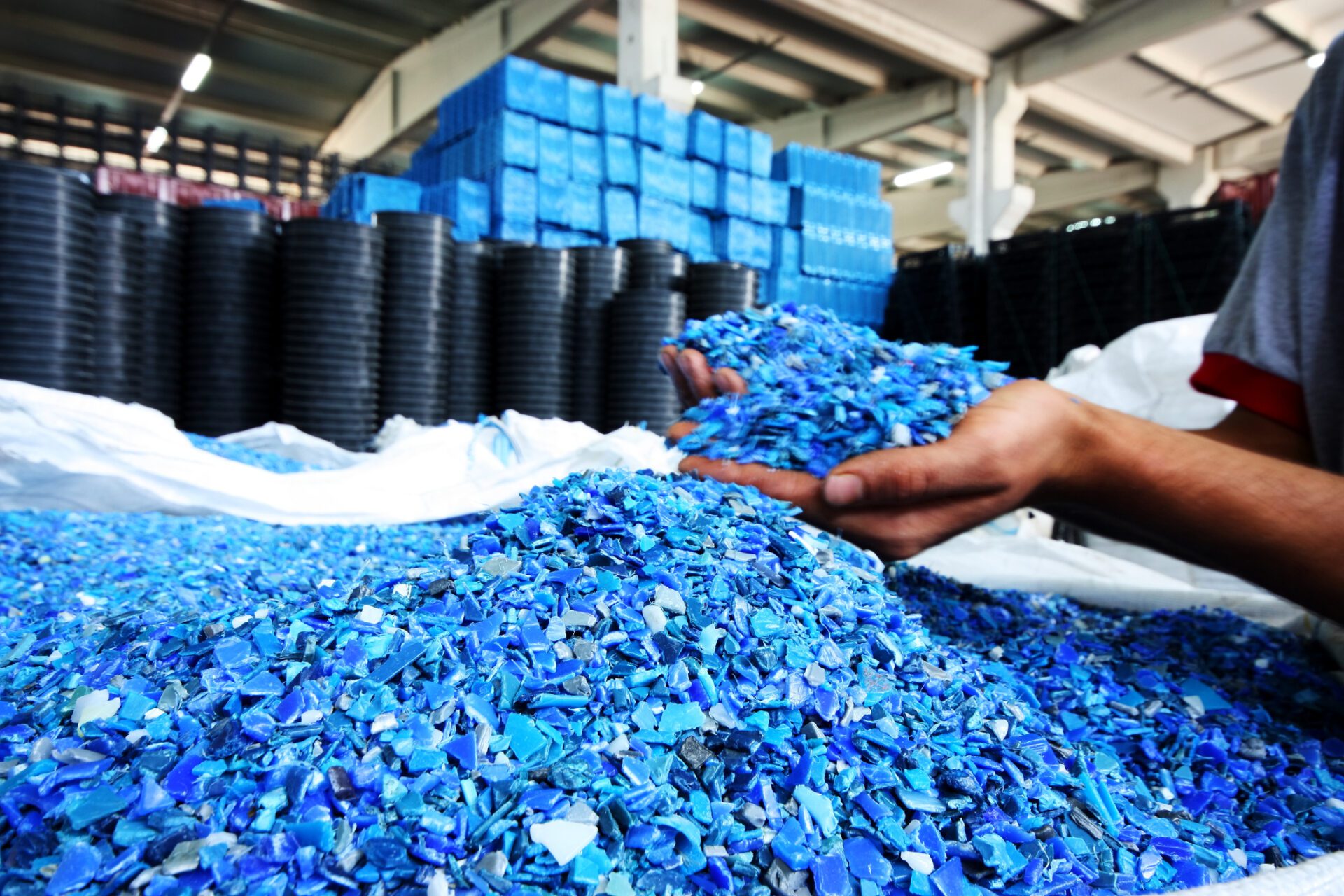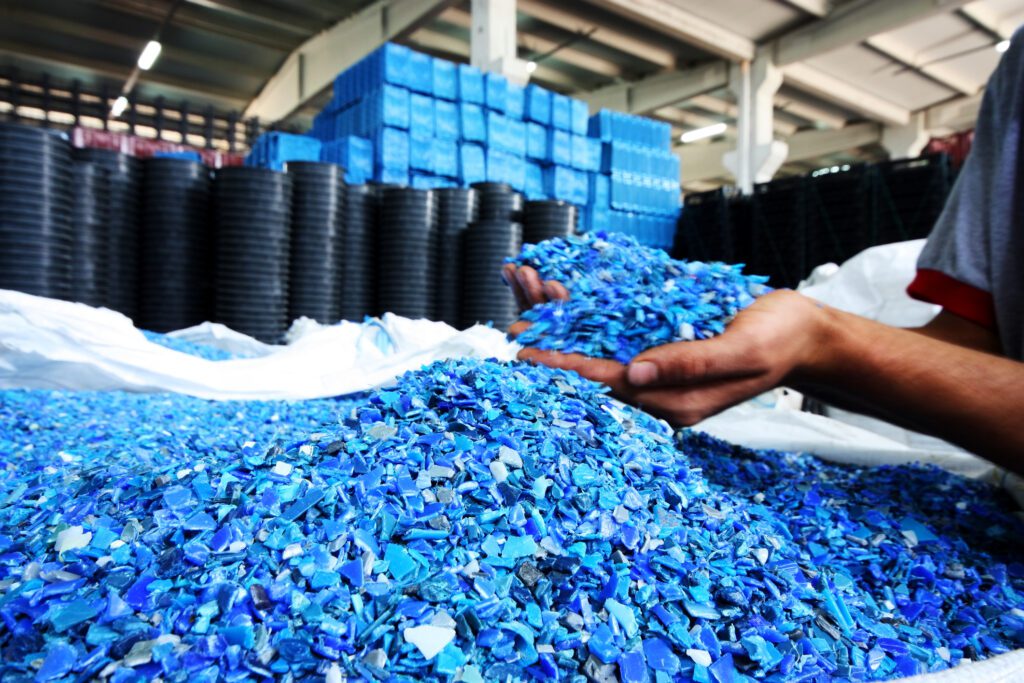
Imagine a world without rubber, where tires lose grip, shoes lack comfort, and countless everyday objects lose versatility. Rubber has become an integral part of our lives, but with its widespread use comes the challenge of disposing of the vast amount of rubber waste we generate. However, this environmental problem has a silver lining—rubber recycling.
Rubber waste has become a global challenge due to the rapid growth of rubber consumption. According to a study by Asnawi, Higashi, and Tanaka (2021), the demand for rubber products has skyrocketed in various industries, including automotive, construction, and manufacturing. This escalating demand has led to a significant increase in rubber waste generation worldwide, and this study estimates that in 2050, global rubber consumption will reach 25 million metric tons annually, further exacerbating the challenge of managing rubber waste.

The ecological implications of rubber waste are profound and concerning. Improper disposal of rubber waste, such as tires, accumulates debris in landfills and illegal dumping sites. It consumes vast amounts of land and poses environmental hazards. The World Bank (2021) highlights that rubber waste in landfills can release toxic substances into the soil and groundwater, leading to soil contamination and potential risks to human health. Furthermore, when rubber waste is burned or incinerated, it releases harmful pollutants and contributes to air pollution. These ecological implications necessitate urgent action in the form of rubber recycling.
In the quest to tackle rubber waste, innovative technologies have emerged in rubber recycling. Chemical devulcanisation, as discussed by Tang, Li, Yu, and Li (2022), is one such technology that breaks down crosslinked rubber polymers, enabling the recovery of valuable materials. Cryogenic grinding involves freezing rubber waste to shallow temperatures, making it brittle and easier to grind into smaller particles. Pyrolysis and gasification processes use heat to decompose rubber into valuable by-products like oil, gas, and carbon black. These innovative technologies have opened up new possibilities for recycling rubber and have the potential to revolutionise the industry.
According to the U.S. Environmental Protection Agency (EPA, 2021), tire recycling began to gain momentum in the 1990s. Innovative methods were introduced to collect, shred, and process used tires, transforming them into valuable materials. The birth of tire recycling marked a turning point in rubber waste management, offering a practical and sustainable solution to disposing of millions of tires.
The process of rubber recycling begins with the collection and sorting of discarded tires. Various collection methods, including drop-off points, partnerships with tire retailers, and government initiatives, have been implemented to encourage responsible tire disposal. Sorting facilities use advanced technologies to separate rubber tires from other materials like metal and fabric. This initial step ensures the subsequent recycling process starts with a clean and homogeneous rubber waste stream.
After collection and sorting, the tires undergo shredding and granulating processes. Shredding involves cutting tires into smaller pieces using specialised machinery. The shredded rubber is then further processed through granulation, transforming into granules or crumb rubber. This size reduction process increases the surface area of the rubber, making it easier to handle in subsequent recycling stages.
Vulcanisation and repurposing are crucial steps in rubber recycling. Vulcanisation is a process that breaks down rubber polymers, allowing them to be reused in new applications. It involves the application of heat and pressure to transform the rubber into a more pliable form. Repurposing recycled rubber involves using devulcanised rubber to create products like rubberised asphalt for roads, sports surfaces, and various rubber-based products.
Tire recycling has played a pivotal role in addressing the mounting problem of discarded tires. Collection and sorting efforts and shredding and granulating processes ensure the effective management of rubber waste. Vulcanisation and repurposing further contribute to the sustainable utilisation of recycled rubber, creating rubberised asphalt, sports surfaces, and various rubber-based items.
The environmental benefits of rubber recycling are substantial. By reducing landfill space, conserving energy, and mitigating ecological hazards, rubber recycling contributes to a greener future. It alleviates the strain on waste management systems, saves resources by decreasing the demand for virgin rubber, and minimises the release of harmful pollutants into the environment.
While rubber recycling has made significant strides, challenges remain. Contaminants and purity issues must be addressed to ensure the quality of recycled rubber materials. Promoting awareness and participation among the public is crucial to encourage responsible disposal and recycling practices. Additionally, ongoing innovations in rubber recycling technologies hold promise for improving efficiency and scalability.
When it comes to your chemicals and hazardous materials management, you can rest easier with the help of Chemwatch. Chemwatch offers comprehensive handling solutions, including Safety Data Sheets (SDS), labels, risk assessments, and heat mapping. Our expertise and tools can assist individuals and businesses in minimising the risks associated with chemical substances.
Contact us today to learn more about our services and how we can support your commitment to safety and environmental responsibility.
Sources: